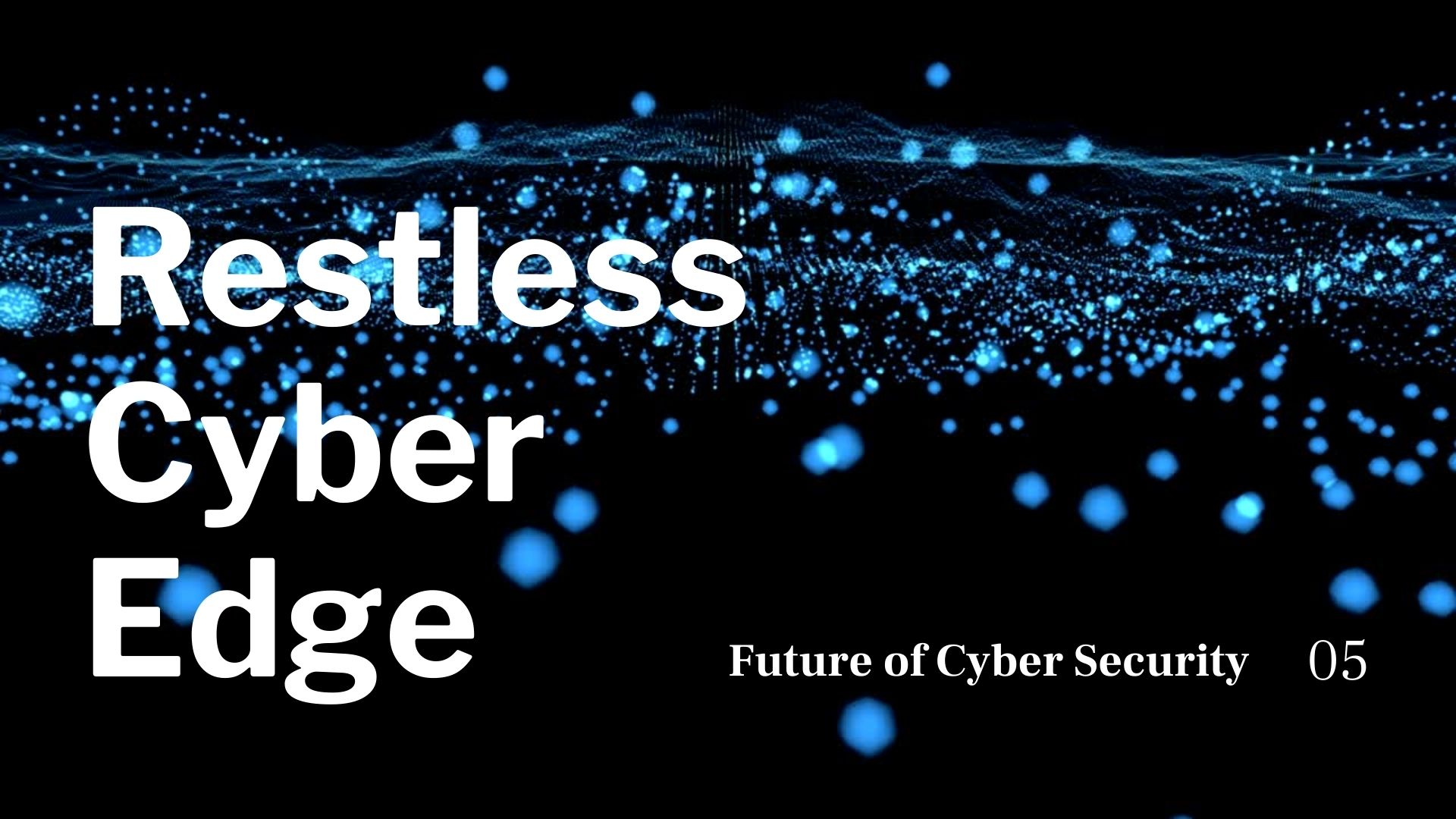Build Safe, Scale Smart: Safety Tips for Construction Startups
April 5, 2025, 4 min read
Starting a construction business today is about more than pouring concrete and managing crews. You’re also expected to keep workers safe, meet deadlines, and manage costs—all while building your name in a competitive market.
Sound like a lot? It is. But here’s the good news: you can build smarter and safer job sites if you plan early and stay consistent. With the right steps in place, safety becomes more than a requirement—it becomes your advantage.
In this article, we’ll walk through seven clear, easy-to-follow tips that construction startups can use to create a strong safety culture that protects both people and projects.
Bring in the Right Experts from the Start
Before your first crew sets foot on-site, make sure you have someone on your side who understands how modern job sites operate and what’s required to keep them running smoothly.
Let’s say you’re great with a hammer but less familiar with OSHA codes, risk checks, or emergency procedures. That’s completely normal. Most new businesses are in the same boat. You may be focused on tools and timelines, but health and risk management deserve the same attention.
This is why many startups bring in experienced professionals early. For example, companies that have worked with Menotti Enterprise have seen fewer incidents and faster approvals. Their team helps new builders create solid site plans, hire trained personnel, and stay current with the rules that matter.
The takeaway? You don’t need to be an expert yourself—you just need to bring one in when it counts.
Integrate Cyber Safety into Your Training
It’s not just forklifts and scaffolds you need to watch out for. Today’s job sites are packed with devices—tablets, drones, smart tools—that connect to the internet. And that means more entry points for cyberattacks and disruptions.
If your team isn’t trained to spot digital risks, one wrong click could lead to a ransomware attack, project delays, or data theft. These digital risks may feel distant until they suddenly shut down your operations.
What can you do? Start simple. Teach basic cybersecurity habits alongside physical safety protocols. Help workers recognize phishing emails, use secure Wi-Fi, and avoid plugging in unknown USBs.
You don’t need complex systems—just clear rules and consistent reminders. When cyber awareness becomes part of the daily routine, everyone plays a role in keeping the job—and company—safe.
Create a Site-Specific Safety Plan
Every site is different. That means every project needs a custom safety plan tailored to that job’s layout, tools, and challenges.
Your Site-Specific Safety Plan (SSSP) should cover the unique risks of the location. Think through equipment movement, elevation work, site access, and emergency exits. Identify hazards before they become incidents. Update your plan as the project grows or shifts.
Post the plan where workers can see it. Review it before starting new phases of the job. When everyone understands the layout and safety steps, the entire team works more confidently and efficiently.
Clear plans lead to safer sites—and fewer surprises.
Use Equipment and Tools Wisely
Every construction project depends on tools—whether it’s hand tools, power tools, or site-specific gear. These tools can speed up work, but they also come with risk if not used or stored the right way.
Assign responsibility for managing tool use and maintenance. Workers should know which tools to use for specific tasks, how to handle them properly, and where to return them after use.
Schedule regular tool inspections. Check for worn parts, loose connections, or missing safety features. Even small issues can lead to big problems if ignored. An overlooked issue can delay work or result in injury.
Simple steps—like proper storage, labeling, and keeping instruction manuals on site—can help reduce accidents and extend the life of your gear. A well-maintained site is not just efficient—it’s safer for everyone involved.
Foster a Culture of Safety—Offline and Online
Rules and tools only go so far. The strongest plans succeed because people believe in them and feel part of the system.
So, how do you build that kind of culture?
It starts with leadership. Talk openly with your team. Make time for check-ins. Ask workers what feels off. Fix problems quickly. And don’t forget digital practices—include those in toolbox talks and new hire training. Even five minutes can help prevent costly mistakes.
When your team sees that both their physical well-being and their workflow matter, they act with more care. They look out for each other. And that’s when doing things the right way becomes second nature—not something forced, but something shared.
Conclusion
Being a construction startup today means more than building things. You also need to build systems—systems that protect your people, your tools, your data, and your reputation.
By blending smart safety habits with simple digital practices, you can keep your sites running, your clients happy, and your crew protected. Better habits today will lead to better business outcomes tomorrow.




























